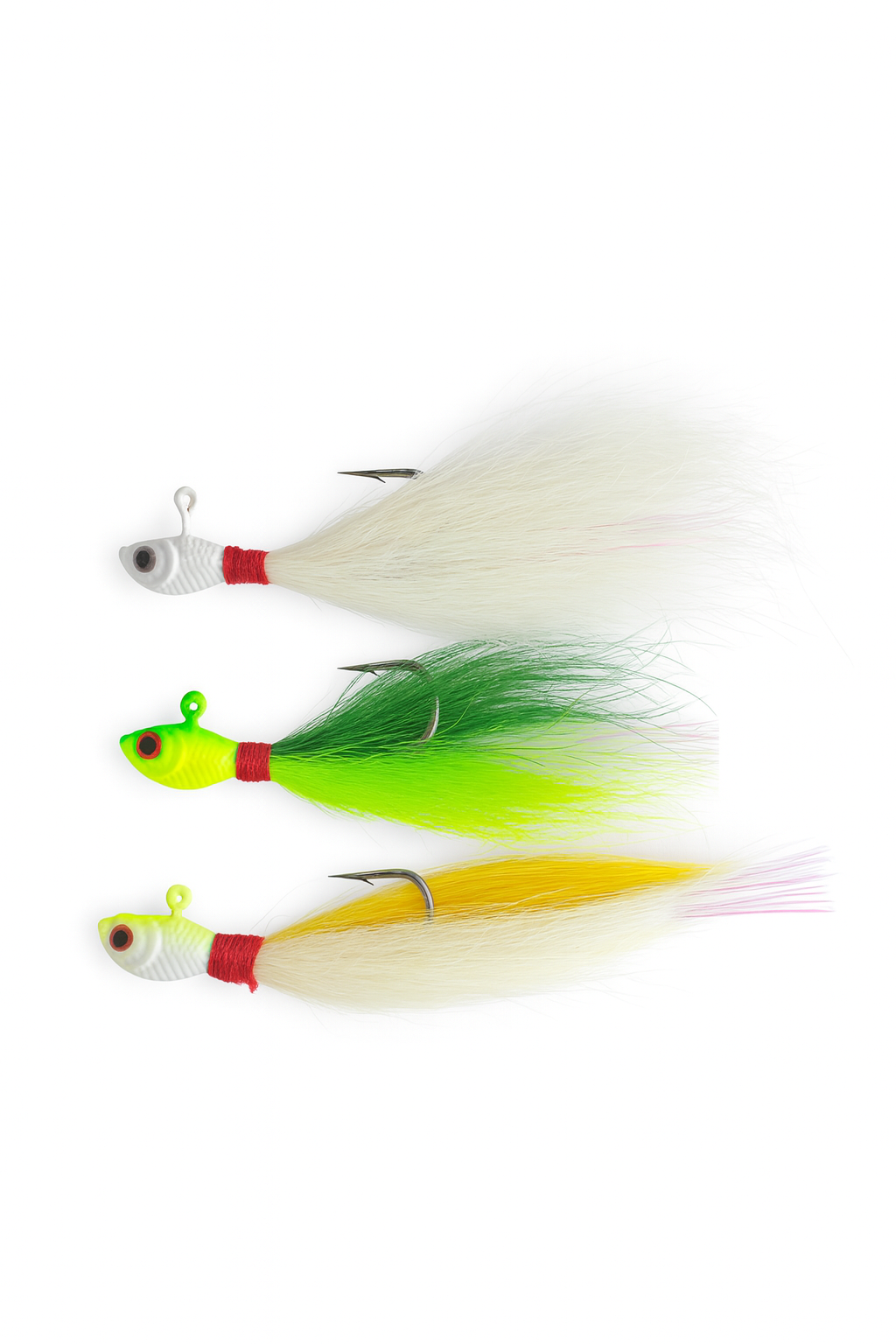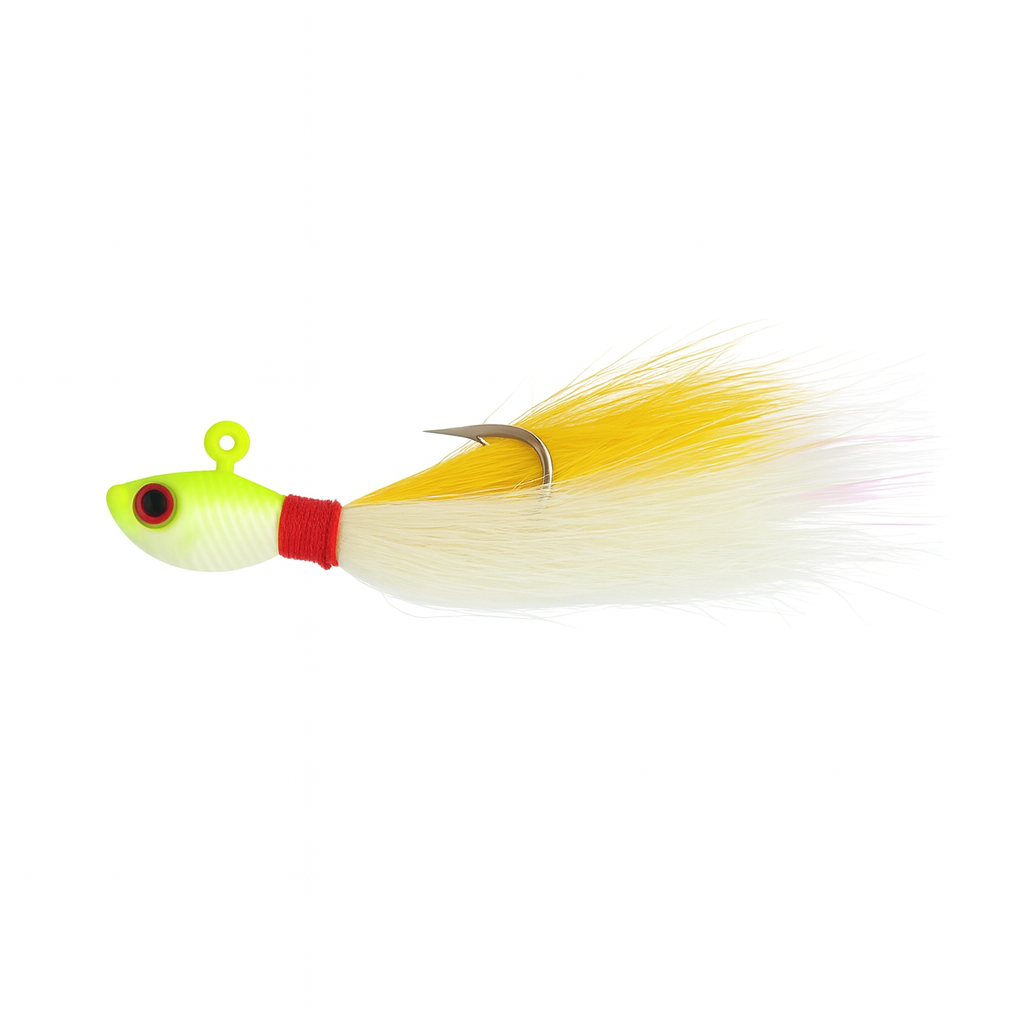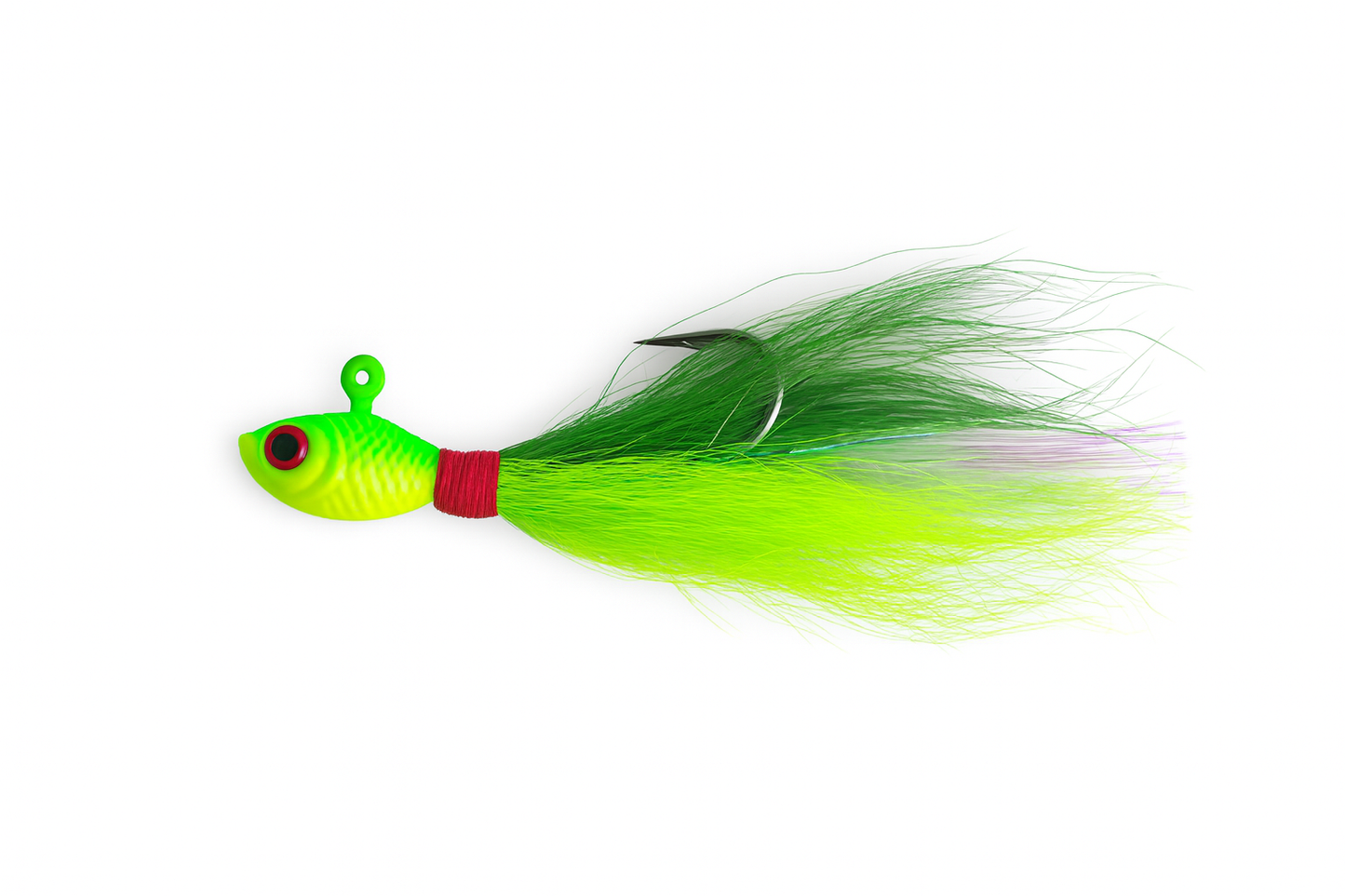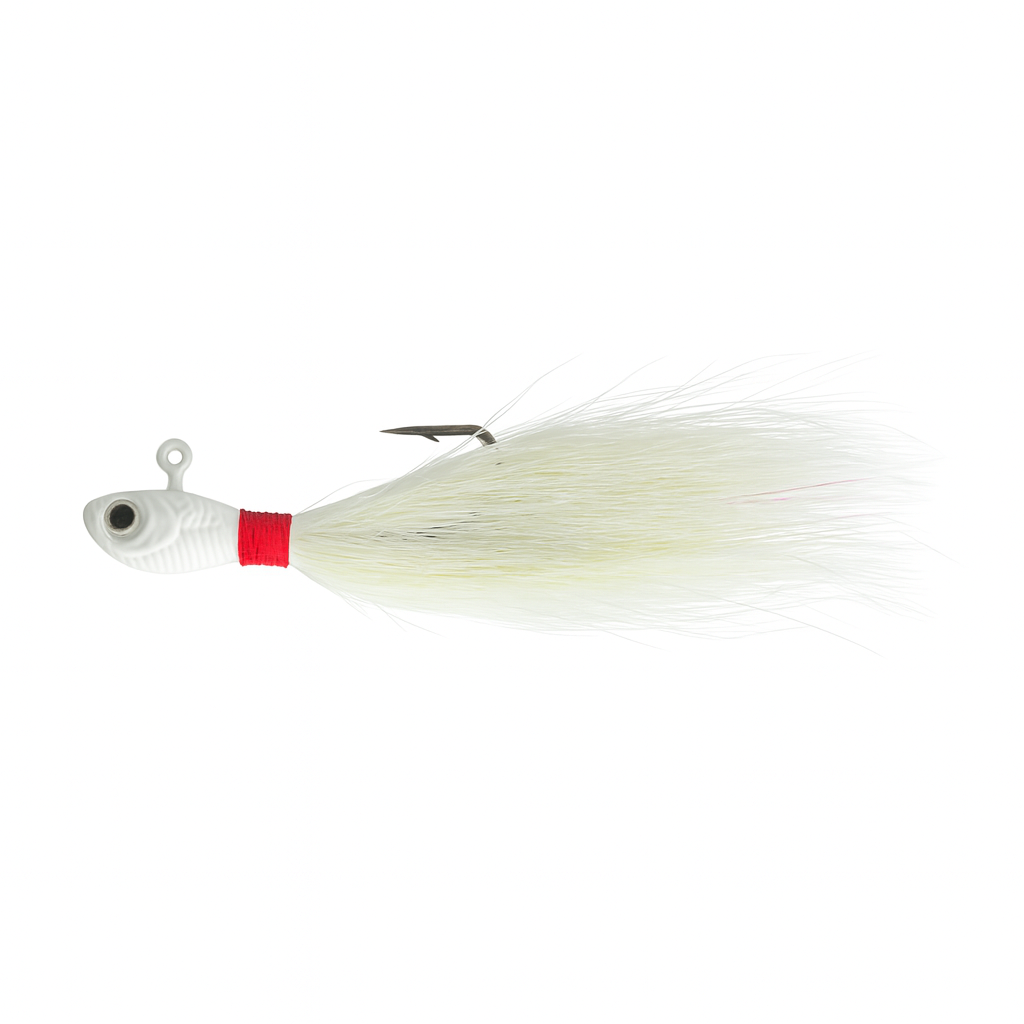Snook Fishing with Crabs Around the Sanibel Causeway
Share

Catching Crabs for Bait
If you’ve spent time fishing around Sanibel, you already know the snook here can be picky eaters. One day they’ll crush a lure, the next they’ll turn their nose up at everything. But there’s one bait that almost never fails — a live crab drifting naturally in the current. Around the Sanibel Causeway, this bite is as real as it gets. The snook that stack up around those bridge spans can’t resist the sight of a crab floating by with the tide.
Fishing with live crabs is not only effective, it’s one of the most natural ways to target big linesiders. You’re using the exact same food they see every day washing through the passes. If you’ve never tried it before, here’s everything you need to know about catching crabs for bait, rigging them properly, and finding snook around the Causeway.
Catching Crabs for Bait
During strong tidal flows, especially on outgoing tides, small pass crabs drift right through the channels under the Sanibel Causeway. You can collect them easily from a boat without ever stepping foot on shore. Position your boat just off the bridge span or near one of the tidal cuts where the water funnels through.
Keep a long-handled dip net handy and watch the surface for drifting crabs. They often appear like small brown discs skating just beneath the surface. A quick scoop with the net and you’ve got a perfect bait. Outgoing tides typically produce the most crabs, but you can sometimes catch them on a strong incoming as well.
Try to collect crabs about the size of a silver dollar. Anything too large can be tough for snook to eat, and smaller ones don’t put off much movement. Once caught, keep them alive in a small livewell or aerated bucket with clean seawater. Healthy, active crabs make all the difference when you’re trying to fool a cautious snook.
Tackle Setup for Crab Fishing
Snook are powerful fish, especially around bridge pilings and rock structure. For this kind of fishing, medium-heavy spinning tackle is ideal. A 7’–7’6” medium-heavy rod paired with a 4000–5000 size reel gives you the backbone to turn fish away from the structure.
Use 30–40 lb braided mainline and attach a 30–40 lb fluorocarbon leader about two to three feet long. The fluorocarbon helps prevent cutoffs from the bridge and keeps your presentation stealthy in clear water.
When it comes to hooks, a size 3/0 circle hook like our Outshore Gear Saltwater Circle Hooks is perfect. Circle hooks reduce gut-hooking and give you solid corner-of-the-mouth hookups. They’re strong enough for big snook yet small enough to keep your crab swimming naturally.
Rigging and Presentation
To rig a live crab, gently slide the point of your hook under the shell through one of the leg sockets on the edge. Avoid piercing through the center of the shell or the crab’s body, which can kill it quickly. Hooked on the corner, your crab will stay alive and paddle naturally in the current — exactly what you want.
When fishing near bridge pilings or rocky areas, use just enough weight to keep your bait drifting in the lower part of the water column. A small split shot or egg sinker above your leader usually does the trick. If you’re drifting open water near the bridge, go weightless and let the tide do the work.
Always drift with the current rather than against it. Snook face into the current to feed, waiting for bait to come to them. Presenting your crab naturally with the flow looks real and triggers more strikes.
Finding Snook Around the Causeway
The Sanibel Causeway is a snook magnet because it provides both structure and tidal movement. The bridge pilings, rocky edges, and drop-offs all hold bait — and where there’s bait, there are snook.
Start your drifts on the up-current side of the bridge spans and work along the shadow lines cast by the structure. Snook love to ambush prey from these shaded spots, especially during strong tidal swings. Early morning and late evening are typically the best times, but don’t overlook a cloudy midday tide — those conditions can produce some giants.
If you hook into a fish near a piling, be ready to apply side pressure and pull hard. Snook are famous for diving into structure, and giving them an inch too much line often ends with a broken leader.
Safety and Tide Awareness
Fishing from a boat around the Causeway requires awareness of both tides and boat traffic. The current can rip through there, especially during new and full moons. Always approach drifts slowly and be mindful of bridge clearance and wind direction. Wearing a PFD while netting crabs or fighting fish near the bridge is smart practice — it’s easy to lose balance in strong current.
Final Thoughts
Snook fishing with live crabs around the Sanibel Causeway is a perfect mix of patience, timing, and natural presentation. You’re imitating one of their favorite meals and fishing in one of the most productive snook spots in Southwest Florida.
Next time the tide’s moving hard, grab a dip net, scoop a few pass crabs, and tie on one of our Outshore Gear 3/0 Circle Hooks. Drift your bait naturally along the bridge spans and hold on — when that line tightens, you’ll know why so many anglers consider this one of the most exciting bites on the Gulf Coast.





